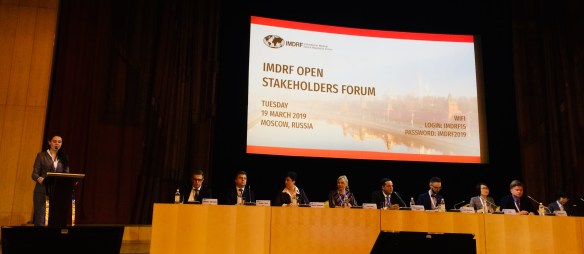Dear colleagues,
I am pleased to deliver my usual end-of-the-month update on the highlights of medical device regulations in Russia and the Eurasian Union.
- Updated Criteria for Software as Medical Devices in Russia
On the 14th of February 2020, the Russian medical device regulator Roszdravnadzor published a letter that clarifies the criteria by which software may be considered a medical device (and require registration) and annulled previous requirements that had been applied to software since December 2015.
According to the letter, the Russian medical device regulator considers software to be a medical device when it meets all of the following criteria:
- It is a computer program or its module (regardless of the program’s hardware platform and/or mode of distribution);
- It is intended by the manufacturer to be used for medical care;
- It is not a component of another medical device; and
- It is intended to interpret sets of data received from medical devices, or entered by medical professionals, with the intention that the interpretations will be used for medical purposes.
According to several examples provided in the published document, medical software is not considered a medical device if it is intended for:
- Hospital administration
- Health and lifestyle management
- The archiving and administration of medical data and medical images without the intention of interpreting them
- The control and technical maintenance of medical equipment
- Communication between doctors and patients
- Educational and informational use
- Receiving data from medical devices but not for medical care.
It should also be noted that, earlier in January 2020, the Roszdravnadzor announced plans to simplify the approval process for some IT healthcare products in Russia and to create a dedicated working group to discuss the registration of medical software.
- Draft on the Amendment to the Eurasian Medical Device Registration Procedure
On the 18th of February, the Eurasian commission published a draft document on an amendment to the rules of registration and examination of medical devices in the Eurasian Union (link in Russian). The current version of these rules (Regulation 46) is available in English.
The published draft suggests several clarifications and amendments to the definitions used in the regulations, as well as a clarification of the procedure by which member states accept registrations. It also suggests a protocol for making, and providing notification of, amendments to the registration dossiers of devices, and a clarification of the procedure for cancelling registration certificates.
The document is open for public discussion until the 20th of April 2020.
- Update on the Regulation of Medical Devices with Ethyl Alcohol
On the 9th of February 2020, the Russian healthcare regulator Roszdravnadzor enforced regulation 7975 ‘On approval of the regulation on the commission for the formation of a list of alcohol-containing medical devices, the production of which is not covered by the Federal law on the regulation of ethyl alcohol’ (Link in Russian).
Roszdravnadzor published a reminder to the industry that the process of forming this list is carried out on the basis of applications from manufacturers, or their authorized representatives, that are submitted to Roszdravnadzor between the 1st of January and the 30th of June.
It should be noted that the rules for the formation of the aforementioned list were enforced previously in July of 2019. Medical products included in this list are excluded from general alcohol regulations, such as Federal law 171, in Russia. According to this law, ‘alcohol-containing medical devices’ are medical devices in liquid form containing the pharmaceutical substance of ethyl alcohol (ethanol) or ethyl alcohol.
*****
Some other minor updates over the last month merit mention: Clarification letters have been published by the Russian Ministry of Finance regarding the application of a reduced tax rate for some medical devices (link in Russian). The tax rate for medical devices that will be applied after 2022 (link in Russian) and for custom-made medical devices (link in Russian). Several administrative regulations regarding the control of medical devices have also been cancelled (link in Russian) and replaced by new editions (link in Russian).

